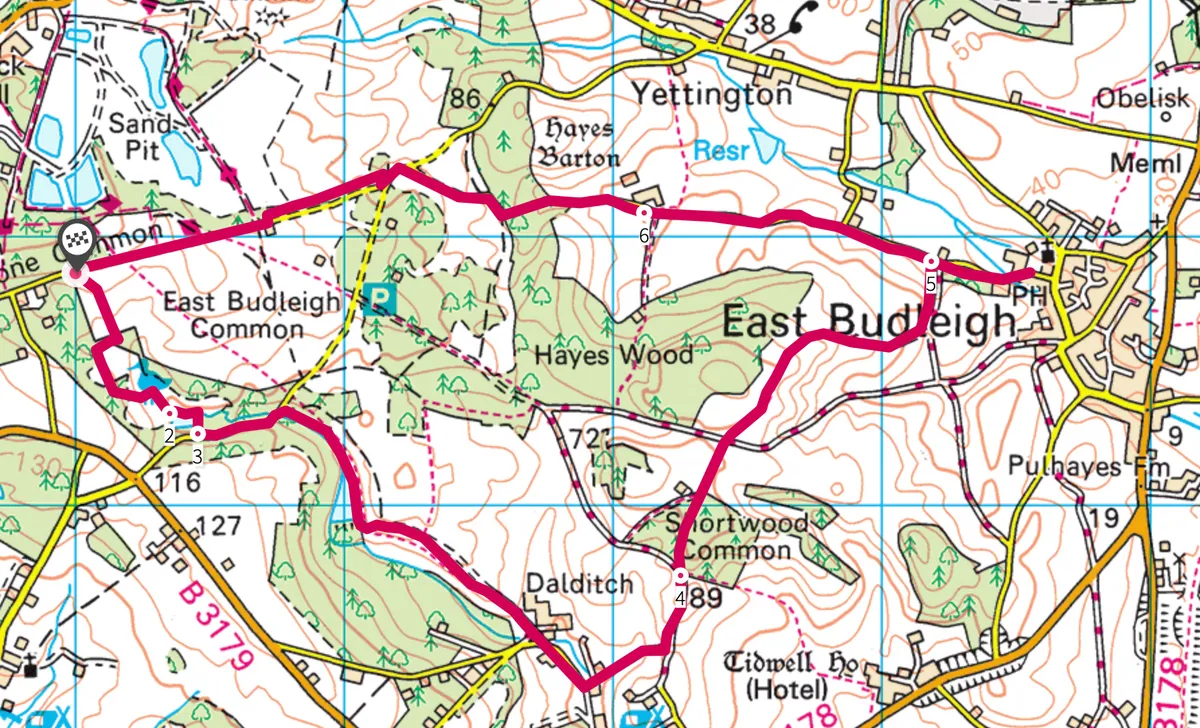Bystock Nature Reserve and its mosaic of lily ponds, heaths and open meadows sits on the doorstep of the Jurassic Coast. Of the 50 reserves managed by Devon Wildlife Trust, it remains a firm favourite among visitors and Devonians alike.
Explore the heart of this wild reserve – its waters, wildlife and trees – take a stroll through the picturesque village of East Budleigh, and then end the day with a view of adventurer and writer Sir Walter Raleigh’s birthplace.
Enjoy a day out at Bystock Nature Reserve in Devon with our travel guide.
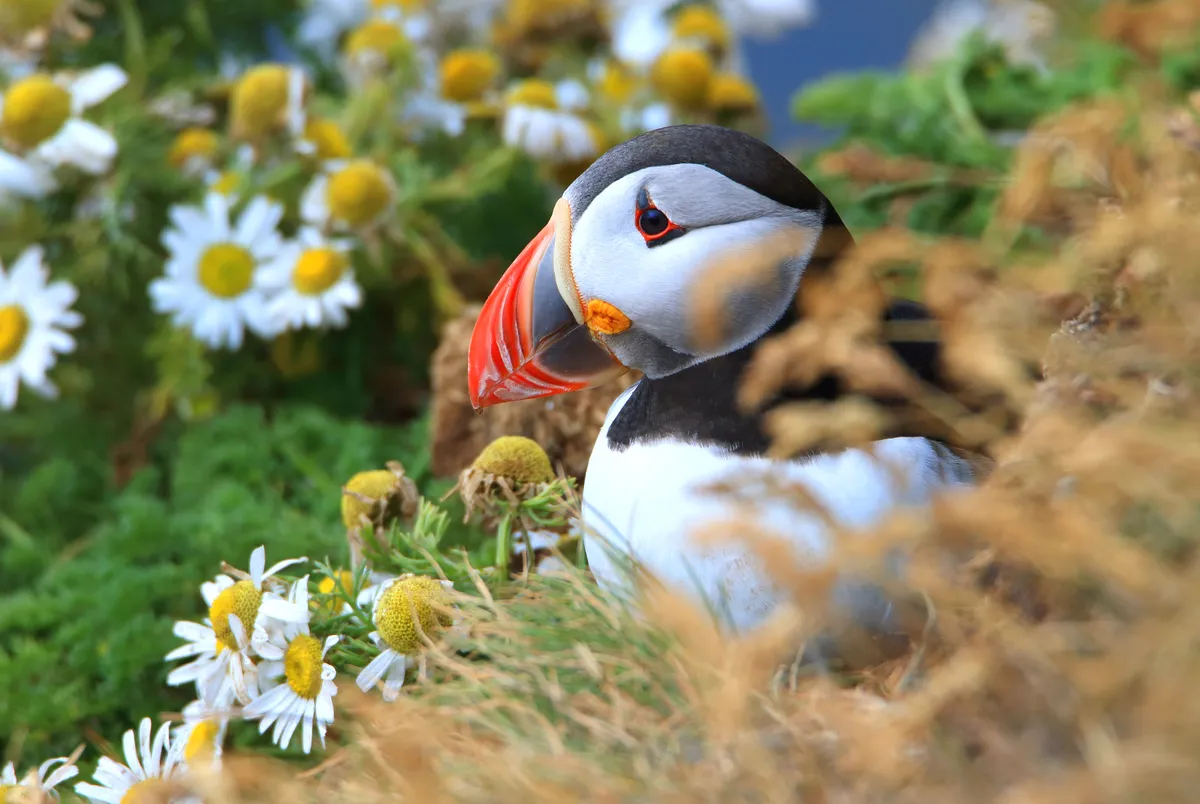
Bystock walk
6 miles | 3.5 hours | easy-moderate
1. Bystock car park
Begin your walk at Bystock Nature Reserve’s north entrance car park, and head downhill across the field to a wooden gate. Follow the path around to the right through some woodland until you see a boardwalk, then bear left uphill. Begin your descent to the famous Bystock pools.
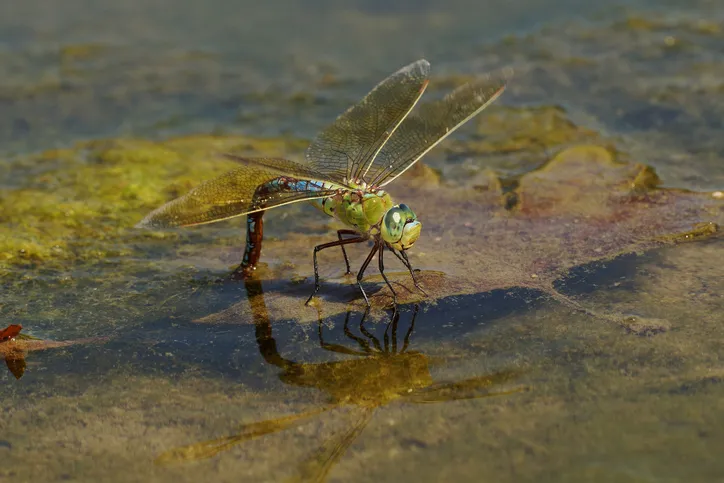
The creeping warmth of May attracts over 20 species of dragonfly and damselfly to the waters to breed. From the boardwalk, it’s easy to spot the emperor, downy emerald and golden-ringed dragonflies, as well as the small red damselfly. Take your time as you follow the walkway to a large pool of water lilies – this is part of the shorter 90-minute ‘Mindfulness Trail’, designed by Devon Wildlife Trust volunteer Clare Carter to encourage visitors to immerse themselves in this natural paradise.
Listen for great spotted woodpeckers as they drum their springtime song.
Bystock’s proximity to heathland, wildflower meadows and deciduous woodland creates an oasis for over 30 species of butterfly. In May, the conditions are ideal for the small pearl-bordered, dark green and silver-washed fritillaries, which can be seen in the surrounding copses and meadows.
Naturally, this invertebrate activity invites a variety of birdlife to Bystock’s heaths, including the rare nightjar – listen out for its churring calls on a summer evening. The benches along this stretch offer a peaceful picnic spot to watch dragonflies, as well as stonechats and sometimes kingfishers.
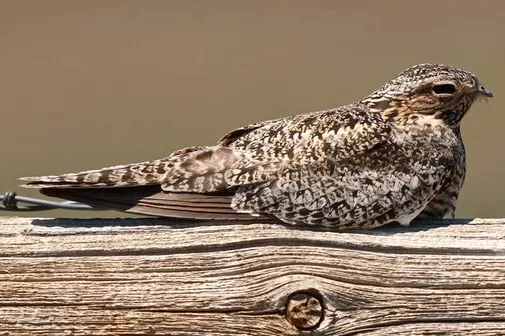
As you walk up through the reserve to a lane, enjoy spectacular views across to Pebblebed Heaths – a special area of conservation for over 140 bird species, such as the Dartford warbler, hobby and long-eared owl. On warmer days, look out for the adders in the rough undergrowth.
2. Squabmoor Reservoir
Turn left along the lane and shortly after bear right on to a footpath, following the yellow waymarkers to keep Squabmoor Reservoir on your right. At the dam, continue down a field into a wood, then veer right on to a track, then left on to a lane at Dalditch Farm. After Brookside Cottage, take the track on the left, walk 300m, then turn left again.
3. Hayeswood Lane
After another 300m, bear right after a waymarker and then, at a fork in the path, turn left. As you ascend along the edge of the wood, keep your ears pricked for great spotted woodpeckers drumming their springtime rhythms. Follow the markers straight along a grassy path until a clearing and turn left to cross a stile down to the bottom of the field. Go through two gates and over a stile. Yellow markers lead you over Hayeswood Lane to another stile, before turning left on to a footpath to reach Hayes Lane.
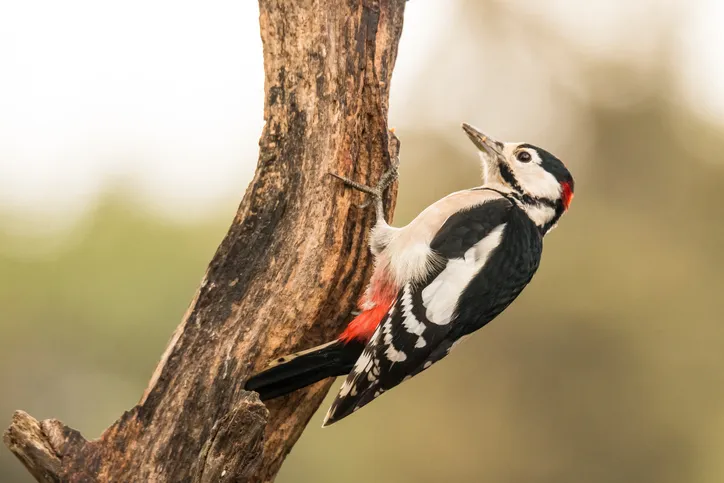
4. Hayes Barton
Turn right past the free car park into East Budleigh – the small village is a stone’s throw from the stunning Jurassic Coast World Heritage Site. If you’re after some mid-ramble refreshments, drop into the Sir Walter Raleigh pub, which offers good food and local ales.
Return the way you came, then continue straight on up Hayes Lane for about one mile until you reach Hayes Barton. Built in around 1484, this attractive private house is the birthplace (1552) of Sir Walter Raleigh.
5. Back to Bystock
Walk another half-mile and bear left at a T-junction. Take a right at the next junction, turning left after 10 yards to join a path parallel to the road. Go left when the path forks, passing some quarry workings to your right. Rejoin the road after around 100m, then turn right and return to Bystock reserve’s north car park. For a treat after your wild wander, look no further than Otterton Mill, a five-minute drive from Bystock and one of the best places in Britain for a cream tea.
Time your visit a little later in the day and you might see glow worms. These magical insects appear in late spring and summer in the wildflower meadows as females signal for a mate.
Bystock map
